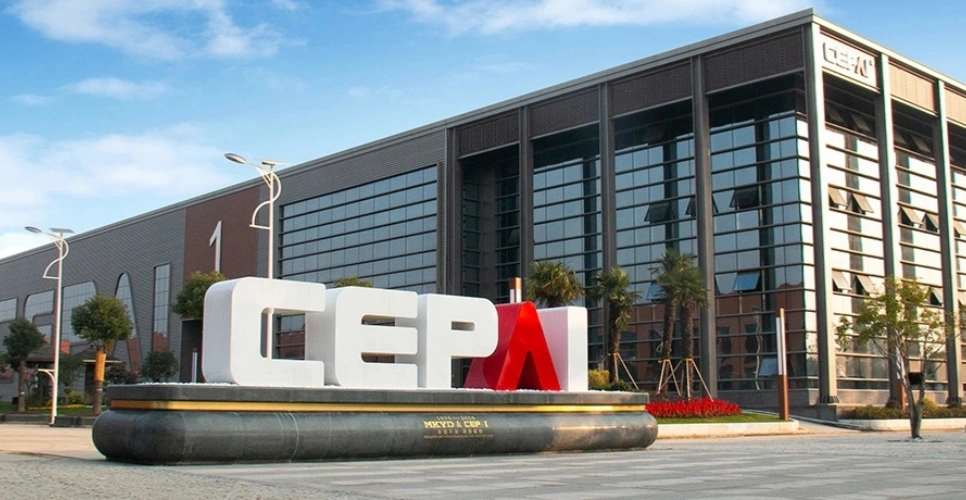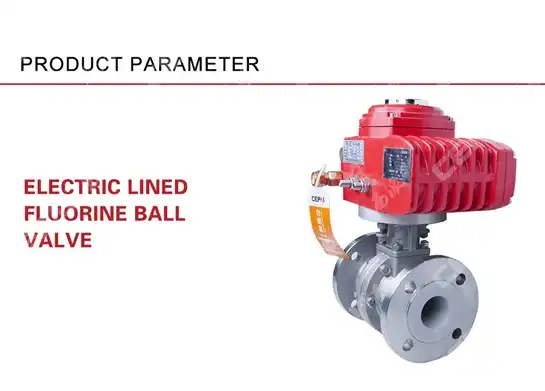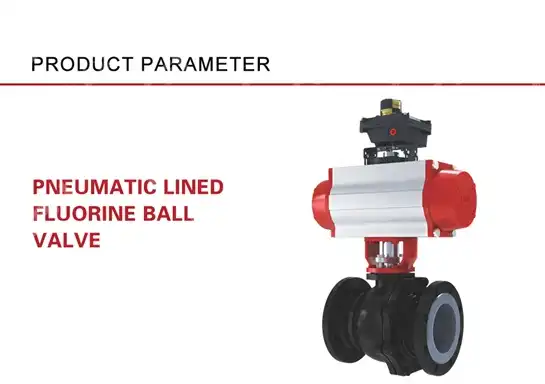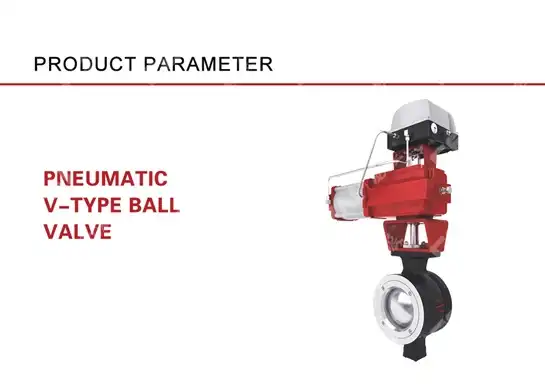What Makes a Ball Valve Durable and Reliable for Long-Term Use?
Industrial facility managers and maintenance professionals face a critical challenge when equipment failures disrupt operations, cost thousands in downtime, and compromise system safety. When selecting flow control solutions for your facility, the durability and reliability of your Ball Valve components directly impacts operational efficiency, maintenance costs, and system longevity. Understanding the key factors that contribute to Ball Valve durability becomes essential for making informed decisions that protect your investment and ensure continuous operation in demanding industrial environments where failure is not an option.
Critical Material Selection for Ball Valve Longevity
The foundation of any durable Ball Valve lies in the careful selection of materials that can withstand the specific operating conditions of your application. The ball, seat, stem, and body materials must be compatible with the process media while providing excellent mechanical properties under varying temperature and pressure conditions.
-
Premium Materials for Enhanced Performance
![]()
Because of their robust design and fewer moving parts, ball valves generally experience less wear over time, making material selection even more crucial for long-term performance. Stainless steel construction offers exceptional corrosion resistance and maintains structural integrity across a wide temperature range, making it ideal for chemical processing and marine applications. Carbon steel provides outstanding strength for high-pressure applications in oil and gas industries, while specialized alloys like Hastelloy and Inconel deliver superior performance in extremely corrosive environments. The seat materials, typically manufactured from PTFE, PEEK, or metal-to-metal configurations, determine sealing performance and service life. Advanced polymer seats offer excellent chemical compatibility and low friction operation, while metal seats provide fire-safe capabilities and extended service life in high-temperature applications.
-
Impact of Material Quality on Service Life
Premium Ball Valve materials undergo rigorous testing and quality control processes to ensure consistent performance characteristics. Heat treatment processes optimize the mechanical properties of metallic components, improving hardness, strength, and wear resistance. Surface treatments such as nitriding, carbonitriding, and specialized coatings enhance corrosion resistance and reduce friction between moving parts. The quality of raw materials, including the grade of stainless steel or carbon steel used, directly influences the valve's ability to resist stress corrosion cracking, pitting, and general corrosion. Investment in high-quality materials may increase initial costs but delivers significant returns through extended service life, reduced maintenance requirements, and improved system reliability.
Precision Manufacturing and Quality Control Systems
Manufacturing precision plays a fundamental role in determining Ball Valve reliability and longevity. Tight tolerances, consistent surface finishes, and proper assembly procedures ensure optimal performance throughout the valve's service life.
-
Advanced Manufacturing Technologies
Modern Ball Valve production employs computer-controlled machining centers that maintain tolerances within thousandths of an inch, ensuring perfect spherical geometry of the ball and precise seat dimensions for optimal sealing. Investment casting and forging processes create components with superior grain structure and mechanical properties compared to alternative manufacturing methods. Advanced welding techniques, including automated orbital welding and electron beam welding, produce leak-tight joints with minimal heat-affected zones that could compromise material properties. Precision grinding and lapping operations create mirror-smooth surface finishes on critical sealing surfaces, reducing wear and improving sealing performance. These manufacturing investments result in Ball Valves with consistent performance characteristics and extended service life even under demanding operating conditions.
-
Comprehensive Testing and Validation
Each Ball Valve undergoes extensive testing protocols to verify performance characteristics and identify potential defects before shipment. Hydrostatic testing validates pressure-containing capability at pressures exceeding normal operating conditions, while pneumatic testing ensures proper sealing at low pressures. Seat leakage testing confirms tight shut-off performance according to international standards such as API 6D and ISO 5208. Torque testing verifies smooth operation across the full range of operating conditions, while endurance testing evaluates performance over thousands of operating cycles. Material traceability systems track each component from raw material through final assembly, ensuring quality consistency and enabling rapid identification of any issues that may arise during service.
Intelligent Design Features for Enhanced Ball Valve Reliability
Engineering design directly influences Ball Valve performance, reliability, and maintenance requirements. Thoughtful design considerations address common failure modes and optimize performance for specific applications.
-
Advanced Sealing Technologies
Modern Ball Valve designs incorporate multiple sealing systems to ensure leak-tight performance throughout the service life. Primary seals around the ball provide the main flow isolation, while secondary seals prevent leakage along the stem and through the body joints. Spring-loaded seat designs maintain consistent sealing force as the seat material experiences wear or thermal cycling, ensuring continued tight shut-off performance. Anti-static devices prevent the buildup of static electricity that could damage seat materials or create safety hazards in flammable atmospheres. Fire-safe designs incorporate metal backup seats that engage automatically if soft seat materials are damaged by fire, maintaining flow isolation even under emergency conditions.
-
Optimized Flow Characteristics
Full-port Ball Valve designs provide unrestricted flow when fully open, minimizing pressure drop and reducing energy costs in pumping systems. Streamlined internal passages eliminate dead spaces that could trap contaminants or promote corrosion, while smooth surface finishes reduce turbulence and pressure losses. Cavity relief features prevent pressure buildup in the body cavity that could interfere with valve operation or damage sealing surfaces. V-port and characterized ball designs enable precise flow control applications while maintaining the reliability advantages of ball valve technology. These design features contribute to improved system efficiency and reduced total cost of ownership over the valve's service life.
Strategic Maintenance Approaches for Ball Valve Longevity
Proper maintenance practices significantly impact Ball Valve service life and reliability. Understanding maintenance requirements and implementing appropriate strategies ensures optimal performance and minimizes unexpected failures.
-
Preventive Maintenance Programs
Effective Ball Valve maintenance begins with understanding the specific requirements of your application and establishing appropriate maintenance intervals. Regular inspection of external components identifies potential issues before they lead to failures, while periodic operation of infrequently used valves prevents seat sticking and maintains smooth operation. Lubrication of stem threads and bearing surfaces reduces operating torque and prevents galling, while stem packing adjustments maintain proper sealing without excessive compression that could damage packing materials. Documentation of maintenance activities enables trend analysis and optimization of maintenance intervals based on actual service conditions rather than generic recommendations.
-
Condition Monitoring Technologies
Advanced condition monitoring systems provide early warning of developing problems and enable predictive maintenance strategies that optimize reliability while minimizing maintenance costs. Vibration monitoring detects bearing wear or internal damage before it affects valve performance, while acoustic emission monitoring identifies developing leaks or internal erosion. Thermal imaging reveals hot spots that indicate excessive friction or internal leakage, while pressure testing during planned shutdowns verifies continued sealing integrity. Online monitoring systems enable continuous assessment of valve condition without interrupting process operations, providing valuable data for optimizing maintenance strategies and ensuring reliable operation.
Optimal Operating Conditions and Environmental Factors

Environmental conditions and operating practices significantly influence Ball Valve performance and service life. Understanding these factors enables proper valve selection and operating procedures that maximize reliability.
-
Operating Parameter Management
The biggest benefit of ball valves is their long service life and reliable sealing capabilities, but this performance depends on operating within design parameters. Temperature management ensures that all components operate within their design limits, preventing thermal stress that could cause distortion or seal failure. Pressure control prevents overloading of pressure-containing components while ensuring adequate differential pressure for proper sealing. Flow velocity limits prevent erosion of internal components, particularly in applications involving abrasive media or high-velocity gas flows. Cycle frequency considerations ensure that valve components are not subjected to excessive wear from frequent operation beyond their design capabilities.
-
Environmental Protection Strategies
Environmental factors such as humidity, temperature extremes, and corrosive atmospheres can significantly impact Ball Valve performance and service life. Protective coatings shield external surfaces from corrosion and environmental degradation, while proper insulation prevents condensation that could promote corrosion or freeze damage. Environmental sealing protects internal components from contamination that could interfere with proper operation or accelerate wear. Climate-controlled storage and handling procedures prevent damage during transportation and installation, ensuring that valves reach service in optimal condition. Regular cleaning and inspection of external surfaces removes accumulated contaminants that could cause corrosion or interfere with operation.
Conclusion
Ball Valve durability and reliability for long-term use depend on the synergistic combination of premium materials, precision manufacturing, intelligent design features, strategic maintenance, and optimal operating conditions. Investment in quality components and proper maintenance practices delivers significant returns through extended service life, reduced downtime, and lower total cost of ownership in critical industrial applications.
Cooperate with CEPAI Group Co., LTD.
CEPAI Group Co., LTD. stands as a leading China Ball Valve manufacturer with over 15 years of expertise in high-end fluid control solutions. Located in Jiangsu Province with a 56,000 square meter manufacturing facility, CEPAI has invested 156 million yuan in intelligent manufacturing technology, creating the Asia Pacific region's longest high-precision production line. As a national high-tech enterprise and specialized "little giant" company, CEPAI has earned recognition as a Jiangsu Smart Factory and Internet benchmarking facility, receiving the 2022 Mayor Quality Award for excellence in manufacturing.
Our comprehensive certification portfolio includes API Q1, API 6A, API 6D, API 16C, API 602, ISO 9001, ISO 14001, and ISO 45001, along with CE certification and Ball Valve SIL certification, ensuring compliance with international standards. CEPAI serves major industry leaders including PetroChina, Sinopec, CNOOC, China Datang Group, and Baowu Group, demonstrating our capability to meet the most demanding requirements in oil and gas, petrochemical, power generation, and industrial applications.
Our state-of-the-art research facilities include the Jiangsu Province Fluid Control Engineering Technology Research Center and High Performance Fluid Control Device Engineering Research Center, supported by a CNAS nationally recognized laboratory. This infrastructure enables continuous innovation in Ball Valve technology, ensuring our products deliver exceptional durability and reliability for long-term use. From raw material selection through final testing, our quality management system guarantees zero defects and optimal performance in critical applications.
Looking for reliable China Ball Valve supplier that delivers High Quality Ball Valve solutions? As a trusted China Ball Valve wholesale partner, CEPAI offers competitive Ball Valve price without compromising quality. Our Ball Valve for sale includes comprehensive technical support, customized solutions, and after-sales service. Whether you need standard or specialized configurations, our team provides expert guidance to ensure optimal performance in your application. Contact our technical team at cepai@cepai.com to discuss your Ball Valve requirements and experience the CEPAI advantage in fluid control solutions.
FAQ
Q: What factors most significantly impact Ball Valve service life?
A: Material selection, operating conditions, maintenance practices, and manufacturing quality are the primary factors determining Ball Valve longevity and reliability.
Q: How often should Ball Valves be inspected for optimal performance?
A: Inspection frequency depends on application severity, but quarterly external inspections and annual performance testing are recommended for critical applications.
Q: What are the key indicators that a Ball Valve needs replacement?
A: Increased operating torque, visible leakage, difficulty achieving full closure, or excessive play in the actuator mechanism indicate potential replacement needs.
Q: Can Ball Valve performance be improved through retrofitting or upgrades?
A: Yes, seat materials, stem packing, and actuator components can often be upgraded to improve performance without complete valve replacement.
References
1. "Ball Valve Design and Materials for Long-Term Reliability" - Johnson, R.M., Industrial Valve Technology Journal
2. "Predictive Maintenance Strategies for Industrial Valves" - Anderson, K.L., Process Engineering Magazine
3. "Materials Selection Guide for Harsh Service Ball Valves" - Thompson, D.A., Valve Industry Handbook
4. "Quality Manufacturing Standards in Modern Ball Valve Production" - Williams, S.J., Manufacturing Engineering Review

Get professional pre-sales technical consultation and valve selection services, customized solution services.

About CEPAI


